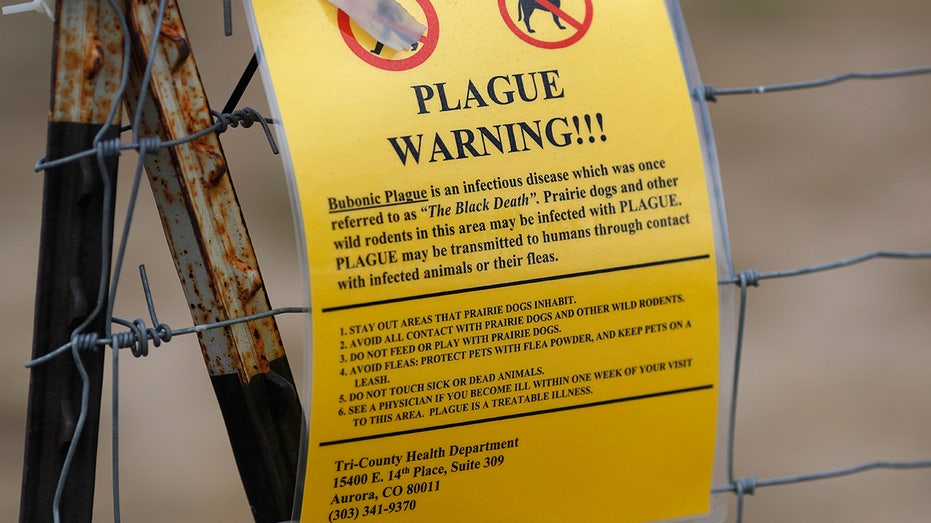Arizona Reports First Pneumonic Plague Death in Two Decades

A resident of Coconino County, Arizona, has died from pneumonic plague, marking the first fatal case in the region in nearly two decades. Local officials confirmed that the victim, whose identity has not been disclosed, passed away recently. The last recorded death from the disease in Coconino County occurred in 2007.
Pneumonic plague is a severe form of the disease that primarily affects the lungs, leading to pneumonia and respiratory failure. According to the Centers for Disease Control and Prevention (CDC), the plague is most commonly found in rural areas of northern New Mexico, northern Arizona, southern Colorado, California, southern Oregon, and western Nevada.
Only about seven cases are diagnosed in the United States each year, with the majority occurring in the western states. Officials emphasize that while pneumonic plague can be deadly, it is treatable with antibiotics if caught in time.
Transmission and Historical Context
The disease is typically transmitted through bites from infected fleas that reside on wild rodents or through contact with infected animals. In rare cases, it can spread between humans via respiratory droplets. The Cleveland Clinic has noted that pneumonic plague is the deadliest of the three forms of plague, which also includes bubonic and septicemic plague. Bubonic plague is the most common form and affects the lymph nodes, while septicemic plague affects the bloodstream and is the least common variant.
Historically, the plague has had devastating impacts, most notably during the Black Death in the 14th century, which claimed millions of lives across Europe. Despite its grim history, modern medicine has made significant strides in treating the illness effectively.
Current Health Concerns
The recent case has raised awareness about the potential resurgence of diseases that were once thought to be under control. As health officials monitor the situation, they continue to educate the public about the risks associated with the plague and the importance of seeking medical attention for unusual symptoms.
The Arizona Department of Health Services is currently reviewing the circumstances surrounding the case and has not yet responded to inquiries for additional information. As the state grapples with this rare occurrence, public health officials urge residents to remain vigilant and informed about potential health threats in their communities.






